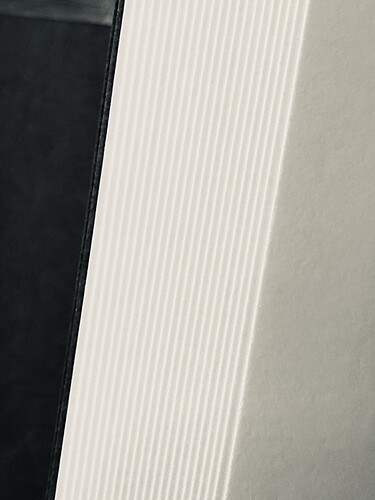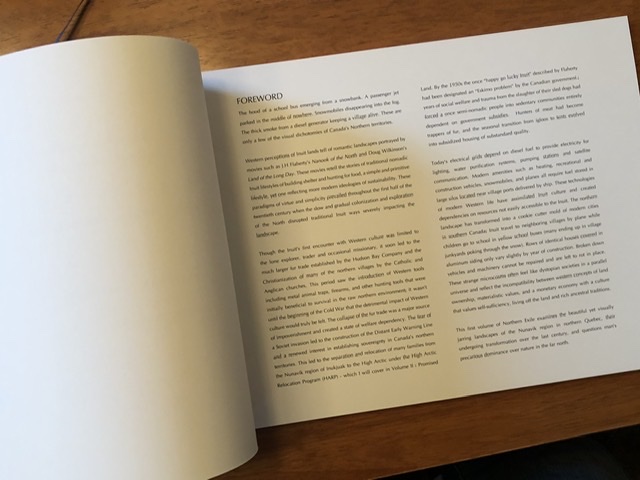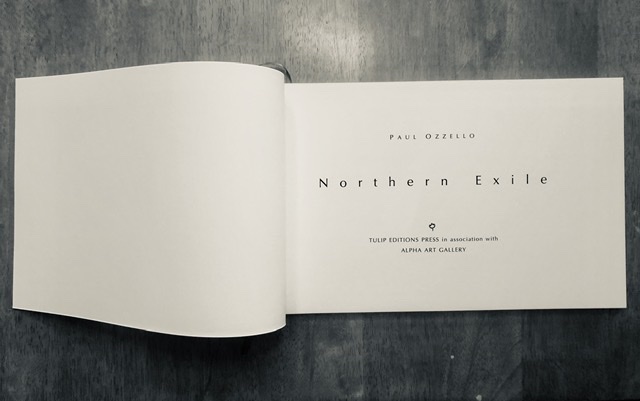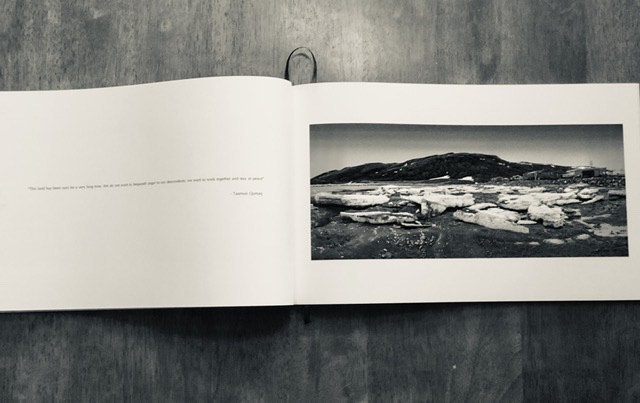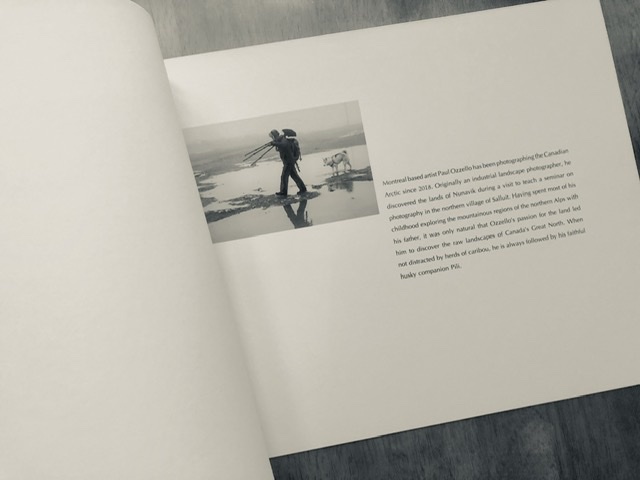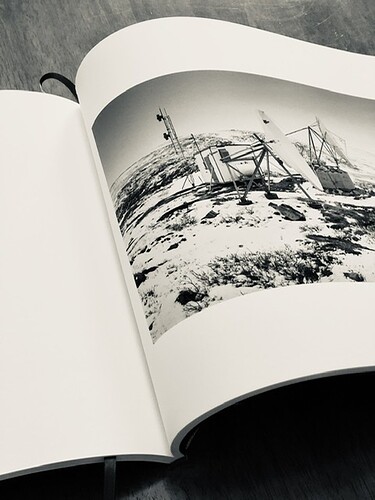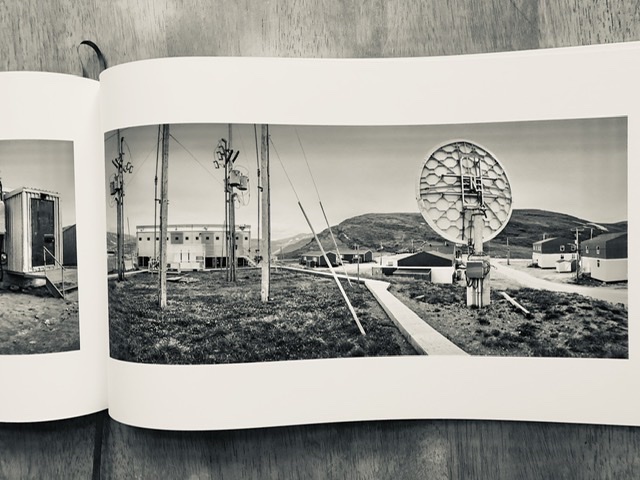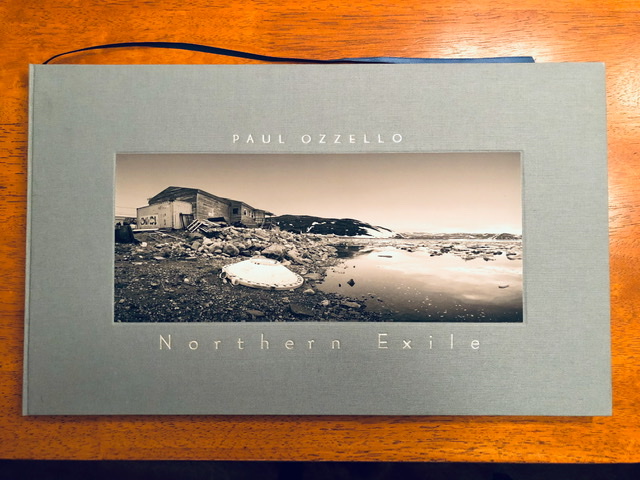Are there any double sided papers that are particularly good for piezography? I need some recommendations for both matte and gloss papers.
Moab Entrada Natural 300 would be my choice (or Entrada Bright 300 if you want a whiter sheet but it has OBAs). It’s a fairly thick paper though (22 mil), so you’d need to evaluate whether it would work in your book project.
If you need something less thick and maybe a bit more durable during handling, you might look at RedRiver Polar Matte. It’s a bright white paper (has OBAs), 229 gsm, 10 mil. I recently made some custom wire-bound calendars with B&W images on this paper and I was surprised how well it turned out (I was not printing with my Piezography inks in this case but there is no reason it wouldn’t work once properly linearized). I don’t normally use papers from RedRiver but for this application it worked really well and at low cost. I sprayed the sheets with Hahnemuhle Protective Spray for a bit of extra protetection from handling.
I think RedRiver also has a PK double-sided paper as well.
There’s an Entrada 210 too I think!
Thanks for the suggestions guys. I was worried about print density on matte paper but it sounds like the piezography UHD inks give very good density on all matte papers.
I’ll try to order a few samples.
I picked up a box of Entrada Rag Natural double-sided 190 at my local photo shop and made a few prints on my p400 with the built in curves; the results are beautiful and VERY similar to the HPR 188. I didn’t do any measurements but the density appears pretty close - just very slightly less black, but still excellent - I can’t wait to put this photobook together!
If you’re making a traditionally bound book just be careful about grain direction. If I remember correctly Entrada Rag Natural is either grain long or Legion doesn’t guarantee grain direction and that could pose problems depending on how your book is laid out and constructed. I have had luck with Inkpress Duo Matte 80, which does come grain short. However I believe it does use OBAs.
That’s a good point that I overlooked. I can’t seem to find any information about the grain direction of Entrada and nothing is mentioned on the box. I tried tearing a piece but it tore similarly in both directions.
While doing more research I came across another double-sided paper from Hahnemuhle - Photo Rag Book and Album 220 that is available as Grain Short in most sizes.
I also came across an interesting post about double sided papers
I ended up printing my book on Hahnemuhle Photo Rag book and album (short grain). The results are truly phenomenal. The paper has a beautiful slightly textured smooth finish, lies completely flat, and bends beautifully when you turn the pages. It’s the perfect thickness and feels almost identical to some of my books published by nazraeli press. I’m VERY impressed and never thought I would get such professional results. This is what it currently looks like without a cover which should be finished today.
Wow. That is really beautiful and inspiring.
Thank you ![]()
I was lucky to find a book binding studio in Montreal and had access to all the proper tools.
Even the cover cover came out perfect.
would you mind sharing the name of the studio? did they bind the covers? sewen binding?
Hey David, it’s Reliure Catherine Gaumerd in Montreal, Quebec. I made it myself, I printed on Hahnemuhle Book and Album (which comes grain short - very important) and I glued the pages together using Planatol pva glue, I also sawed-in the spine with cords for reinforcement. I wanted to make sewn folios but for my panoramic images there wasn’t a paper long enough (and Book and Album isn’t available in a roll). I got all the binding supplies from Talas in Brooklyn.
Thanks for the information. Its great you had access to the studio. I too use Talas. Right now, I am in them middle of printing a small book of work I have done over the last 10 years in Africa. I picked up on the work of Ian Van Coller and his use of the Drum Leaf method for binding, which then took me to the “flutter” binding. Neither of these require one to use double-sided paper, yet you can create wide spreads and gateways. I am using a Japanese paper (Asuka 75 gsm), which has a wonderful tactile quality.
Thanks again,
David
